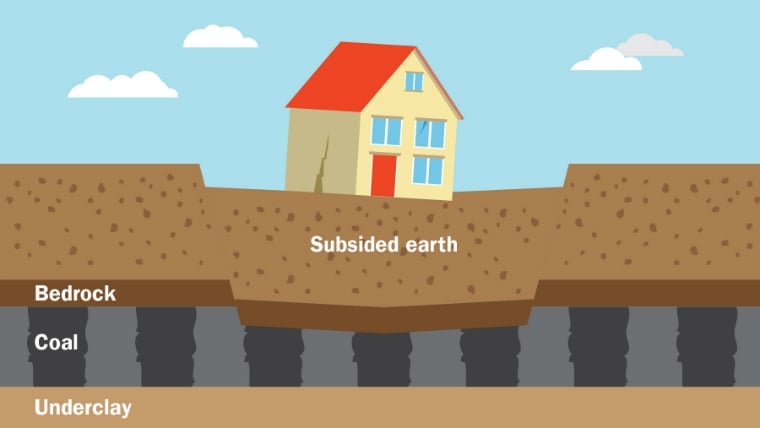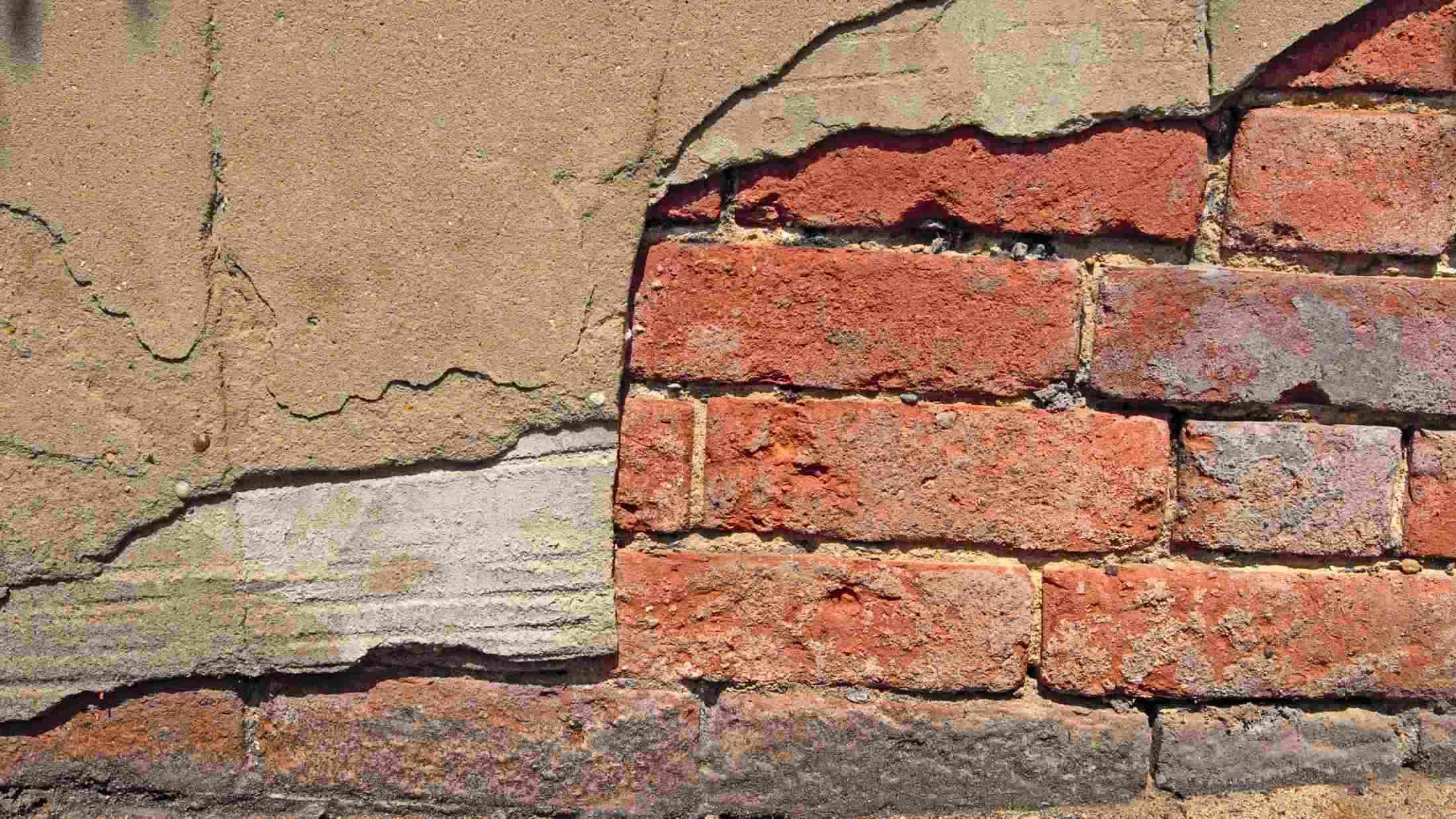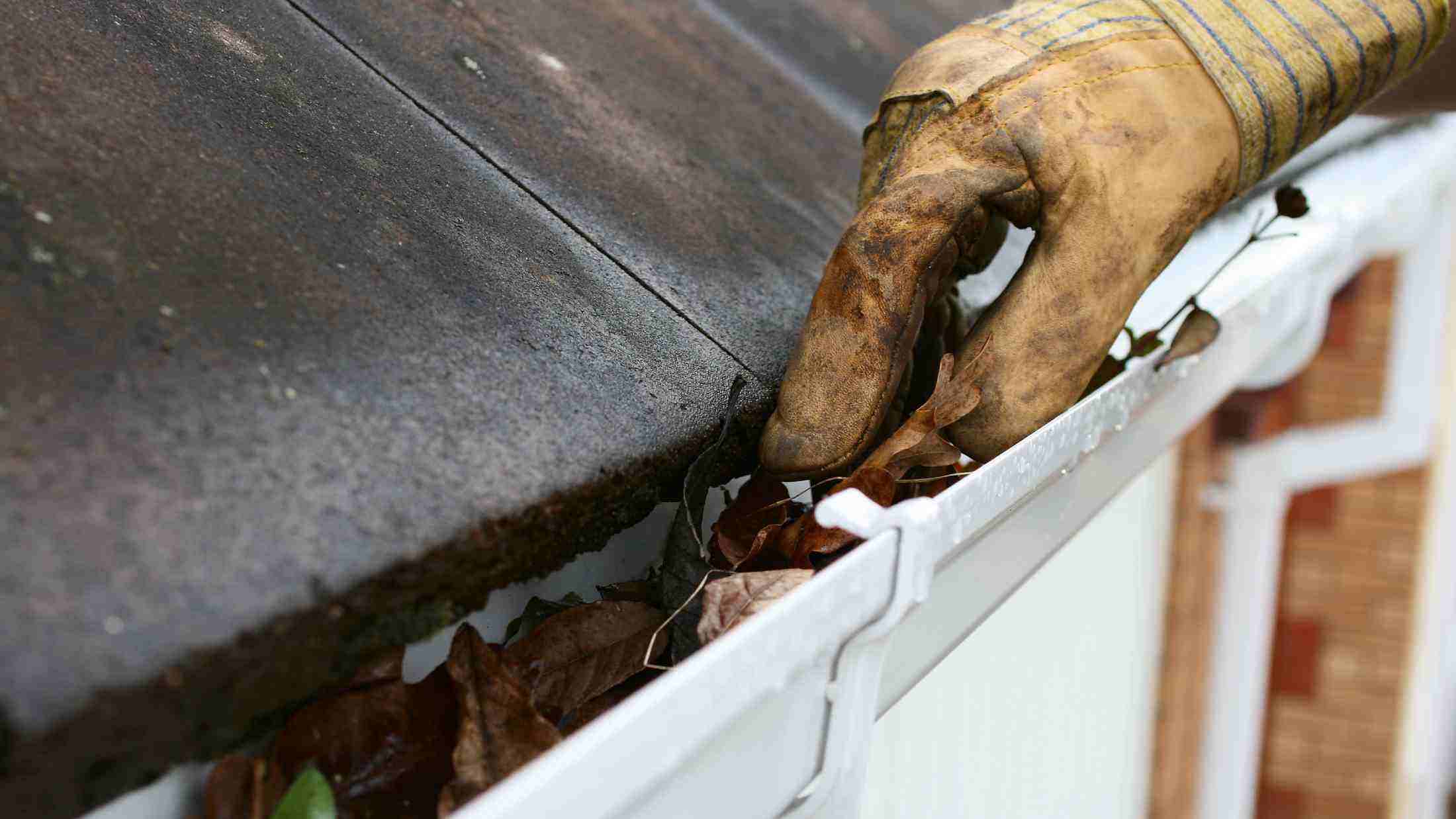Subsidence is one of the most serious issues for homeowners. It can jeopardise the safety of your home and lead to expensive damage costs.
Knowing the signs of house subsidence will help you to feel safe in your home as you can spot damage and act early. Find out everything you need to know about subsidence, including signs of subsidence, the risks involved and how to prevent and fix the problem.
- What is subsidence?
- How much does subsidence devalue a property?
- What are the signs of subsidence?
- What causes subsidence?
- Is my home at risk of subsidence?
- How to treat and prevent subsidence
- How to fix subsidence
- Does buildings insurance cover subsidence?
- How to make a subsidence claim
- What else to look out for: Heave, landslip and settlement
What is subsidence?
Subsidence is when the soil beneath a building sinks. If your home experiences subsidence, the foundations can become unbalanced, moving the walls and floors of the house and leading to cracks.
If left unchecked, subsidence can leave your home unstable and dangerous.
How much does subsidence devalue a property?
Unfortunately, a property's subsidence problem can decrease its value by around 20%. So, if you're looking to buy or sell, the risks of ignoring the issue outweigh the money saved.

What are the signs of subsidence?
There are many visible signs of subsidence to look out for both inside and outside the house. Common indicators like cracks are often mistaken as early signs of subsidence. Whilst cracks are among the typical signs of subsidence, they can be caused by natural shrinkage and swelling according to the changes in weather and humidity levels.
While these signs alne won't guarantee subsidence, keep an eye out for:
- The crack is more than 3mm thick (thicker than a 10p coin).
- The crack is diagonal, and wider at the top and slimmer at the bottom.
- The crack spreads from ground level, upwards.
- You can see the crack from both inside and outside the house.
- There's a crack near doors and windows.
- The crack spreads under the damp-proof course. This is a layer of waterproof material in the wall of a building near the ground, used to prevent rising damp.
Other signs of subsidence may include:
- Wallpaper creasing at the joins and where the wall meets the ceiling.
- Doors and windows sticking as frames warp.
- Cracks where an extension joins the house.
If you notice some of these subsidence signs, then it's important to get some advice to tackle the issue as soon as possible.

What causes subsidence?
There are many potential causes of subsidence:
- Roots from trees and other shrubs can disturb the ground beneath a home or even dry out the soil. This can cause the ground under the foundations to move. However, not all conditions where a tree grows near a house will trigger a subsidence issue.
- Clay soil is also another potential cause of subsidence. The consistency of clay soil changes depending on the weather. In dry weather, it will crack and shift, but in wet weather the soil will swell. Clay shrinkage during dry weather can cause subsidence, resulting in the foundations of the house becoming unstable and potentially sinking.
- Subsidence caused by leaking drains can happen when the leak softens and moistens the ground around the property. This can cause the home to destabilise and sink because the ground can't hold its weight.
Is my home at risk of subsidence?
Some types of houses and buildings are more at risk of subsidence than others. To know whether your home is at risk, it’s good to investigate the factors that contribute to a higher subsidence risk:
- How old the property is. In older properties, the foundations may be shallower which increases subsidence risk.
- Property built on clay soil. Clay soil can change drastically depending on the weather. This movement can cause the ground under the foundations to become unstable and sink.
- Drought-prone areas. Dried-out soil can increase your subsidence risk. This is due to dry soil cracking and shifting, causing the ground to destabilise.
How to prevent subsidence
Now you're aware of what it is, you may be wondering how to prevent subsidence.
- Before planting a tree around your property, check what type of root system the tree has. You'll need to make sure you're not planting too close to your house. This useful table from the Association of British Insurers (ABI) shows how far away each tree type should be.
- Prune or remove trees on your property. This will mean less water's absorved from the ground around your foundations. You might want to call a tree surgeon to discuss this.
- Ensure your property is regularly getting maintenance checks. Check for leaks, cracks, drips - anything out of place.

How to fix subsidence
Whether you’re a homeowner or looking to buy a property with a suspected subsidence issue, you need to find a long-term subsidence repair solution. Fixing a subsidence issue for good is expensive but your insurer can help.
Suspect subsidence? Contact your insurer as soon as possible. They may help you arrange a survey and find the right solution for each type of subsidence issue. This could include:
- Tree management or removal
- Pipework repairs
- Underpinning
If you’re looking for subsidence insurance, with AXA buildings insurance, you're covered against cases of subsidence, landslip and heave, subject to terms and conditions. For more details, take a look at your policy wording. You’ll find a definition of subsidence there too.
Finding a fix for subsidence isn’t quick and easy. But AXA are here to help with any questions on home subsidence insurance. We’re ready to guide you through the process of making a subsidence insurance claim.
Does buildings insurance cover subsidence?
AXA buildings insurance covers damage from subsidence with some exclusions. If construction, demolition, or flaws in the building process caused the subsidence, you may not be covered.
To find out more about insurance for a property with subsidence, look at AXA insurance policy details.
How long do you have to declare subsidence?
If you're selling your house, you must tell your estate agent and buyer about any current or previous subsidence issues at the property. It's the law.
When you're buying insurance, let your insurer know about part or present subsidence issues. That way, you can make sure you're properly covered, should more issues arise.
How to make a subsidence claim
To make a claim with AXA, you'll need to call our team. Follow the steps on our make a claim page to make sure you've got all the information you need before you get in touch.
What else to look our for: Heave, landslip and settlement
It's easy to mistake other issues for subsidence. Landslip, heave or settlement also cause your property's foundations to shift.
- What is heave?
Heave causes the ground below a property to shift upwards. When heave happens, the walls, floor and foundation of the property shift upwards too. Freezing, flooding and even the removal of large trees can lead to heave. - What are the signs of heave?
Signs of heave can insure vertical cracks in your brickwork and lifting patios and paths around your home. - Does my insurance cover heave?
Your AXA buildings insurance includes cover for loss and damage caused by heave. Check your policy wording for more details. You'll find it in your online account.
- What is landslip?
For houses built on or near a slope, a landslip happens when there’s a sideways movement from underneath the house. Heavy rain, flooding and building works can all cause landslips. - What are the signs of landslip?
Tilting walls and fences, and cracks across your floors and driveway could be signs of landslip. - Does my insurance cover landslips?
Like heave, your AXA buildings insurance covers loss and damage caused by landslips. Your policy wording has more details.
- What is settlement?
Settlement is the downward movement of a property due to the weight of the building compressing the soil underneath it. This happens naturally in the months and years after a home or building is built. Settlement can happen up to 10 years after your home was built. If you’re wondering 'what is compaction?', it’s just another name for settlement.
- What are the signs of settlement?
Small cracks can appear in your walls or floors. These can be vertical, horizontal or diagonal – especially near windows, stairs and doors. You won’t need to worry about cracks when they’re narrow, but if the crack is wide enough to slip a coin in, it’s time to call a professional. - Does my insurance cover settlement?
If you’re an AXA customer, your home insurance doesn’t cover damage caused by natural settlement. If your home has been damaged by settlement, you should contact the company providing warranty cover for your home. For new homes this is usually NHBC.












